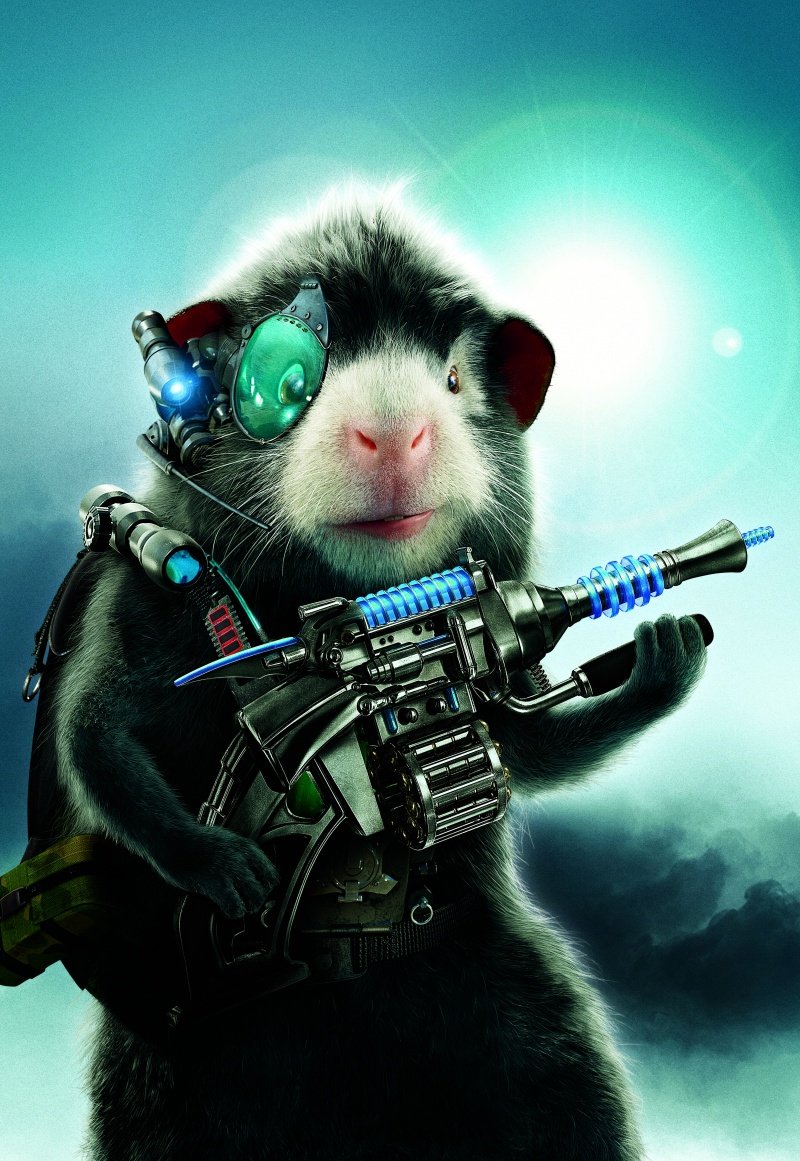

Some species hibernate continuously, while others enter shallow daily torpor during the winter. In addition to taking prey such as smaller rodents or baby birds the larger hamster species will attack humans and dogs when threatened. Pet golden hamsters must be maintained solitary. Hamsters are fierce for their size and very aggressive to members of their own species. Where burrows are closely spaced, this is only because appropriate habitat, soil loose and deep enough for digging, is in limited supply. Phodopus may be pairbonded paternal care is unusual in hamsters and only Phodopus can be kept as mated pairs. Some hamsters are gregarious, even highly social, while others tend to live alone or in pairs. In winter, hamsters hibernate if temperatures are sufficiently cold. Inside the burrow, where special chambers are reserved for food storage, they stroke cheeks with paws to force the seeds out. All are nocturnal and range far from their burrows at night to collect food that they carry home in large, internal cheek pouches. Most excavate their own burrows (some occupy burrows abandoned by-or still occupied by-other rodents). Hamsters are active rodents with bodies well suited for running and digging. With the spread of agriculture, many species have moved into cultivated lands. Most hamsters live in dry, open habitats such as desert borders, short-grass steppes, and rocky foothills, although the black-bellied hamster sometimes digs burrows along riverbanks. In the south, various species occur from Syria to Pakistan. In the northern part of Eurasia, hamsters are found from central Europe through Siberia to northern China and Korea. The group is widely distributed in Eurasia, although a few species-the golden hamster is one example-have quite restricted Hamsters have excellent hearing and an acute sense of smell some species have scent glands on their flanks and use scent to mark their territories.

The second compartment-the pyloric, or glandular, region-is separated from the forestomach by muscular folds. Unusual for small mammals, the hamster stomach has two compartments the forestomach, or cardiac stomach, has tough keratin as a structural component and is non-glandular, similar in structure and function to the rumen of cattle and other grazing animals. The feet are wide, sometimes furry the body fur is soft and thick and varies in color (depending on species) from gray to reddish brown underparts can be white, gray, or black. Physical characteristicsĭwarf hamsters, genus Phodopus, are the smallest members of the group, averaging 2–4 in (5.3–10.2 cm) in length the largest hamster is the black-bellied hamster, Cricetus cricetus, which at 7.9–13.4 in (20–34 cm) is about the size of a large rat or guinea pig.ĭescribed as "all head and rump," hamsters have stout bodies and short legs and tails. Black-bellied hamsters are also the sole species in genus Cricetus, as well as the greater long-tailed hamster in genus Tscherskia.

According to the Wilson and Reeder classification for 18 species in 7 genera, the rat-like hamsters, genus Cricetulus, include six Eurasian species the golden hamsters, genus Mesocricetus, include four European and Middle Eastern species the dwarf hamsters, genus Phodopus, include three Asian species the Mongolian hamsters, genus Allocricetulus, include two Asian species with the Cansumys genus having only one species, the Gansu hamster. Some sources specify 18 species in 7 genera, while others describe 24 species in 5 genera. Some taxonomists place Calomyscus and/or Mystromys in this group others place these two genera in their own subfamilies. The number of genera in Cricetinae is still debated. In the mid-twentieth century, taxonomists split the group from the Muridae as a separate family, Cricetidae however this split has been reversed. Hamsters are related to voles, lemmings, and New World mice. As of 2003, 15 extinct fossil genera have been documented. Members of the group Cricetinae appear in the European fossil record in the Middle Miocene (11.2 to 16.4 million years ago ) and in the Asian fossil record in the late Miocene (6 to 11 mya). Throughout the Palearctic zone of Europe and Asia Evolution and systematics
G FORCE HAMSTERS NAMES PLUS
Hamsters are mouse-like Old World rodents with chunky bodies short, furry tails and large cheek pouches, used to transport food they have dexterous forepaws with four digits plus a "thumb knob" hind feet have five digits individual hamsters live alone in underground burrows, are active at night, and hibernate in winterĢ–13.4 in (5–34 cm) 0.9–31.7 oz (25–900 g)ĭeserts, dry plains, steppes, and cultivated fieldsĮndangered: 2 species Vulnerable: 1 species Lower Risk/Near Threatened: 4 species


 0 kommentar(er)
0 kommentar(er)
